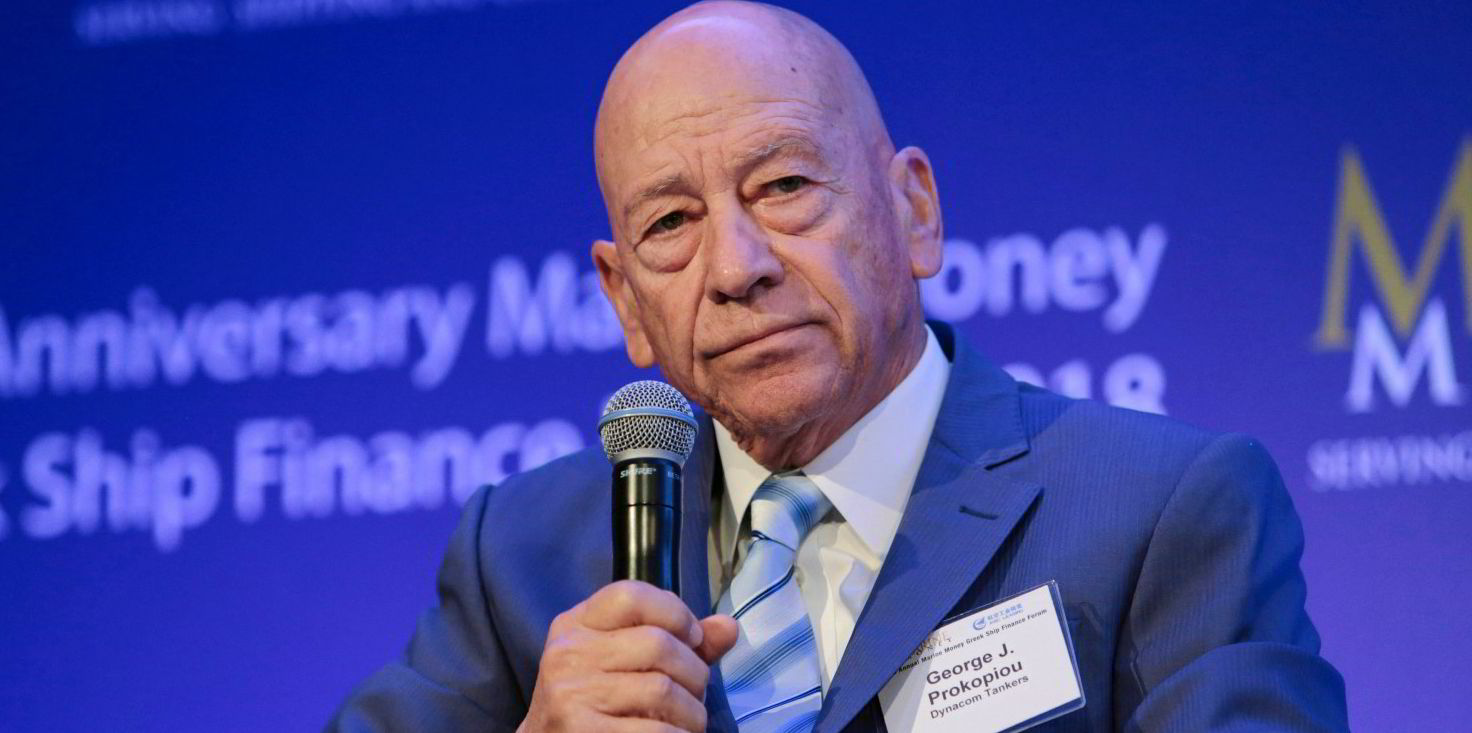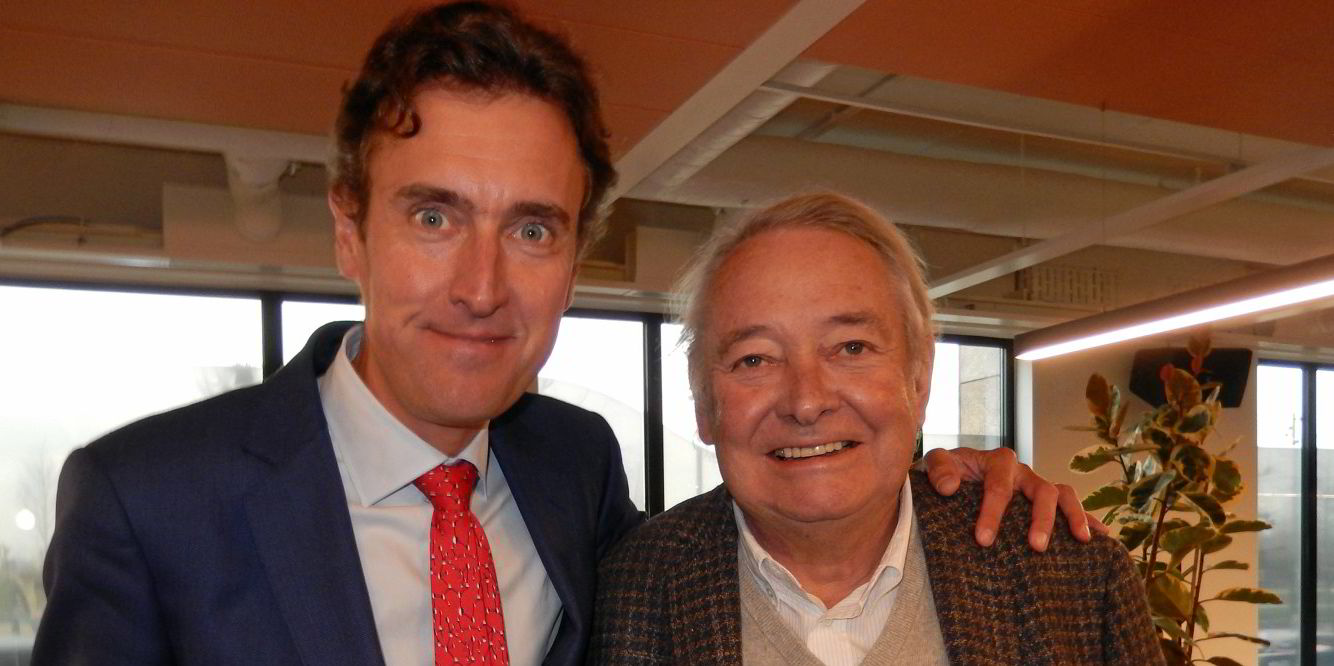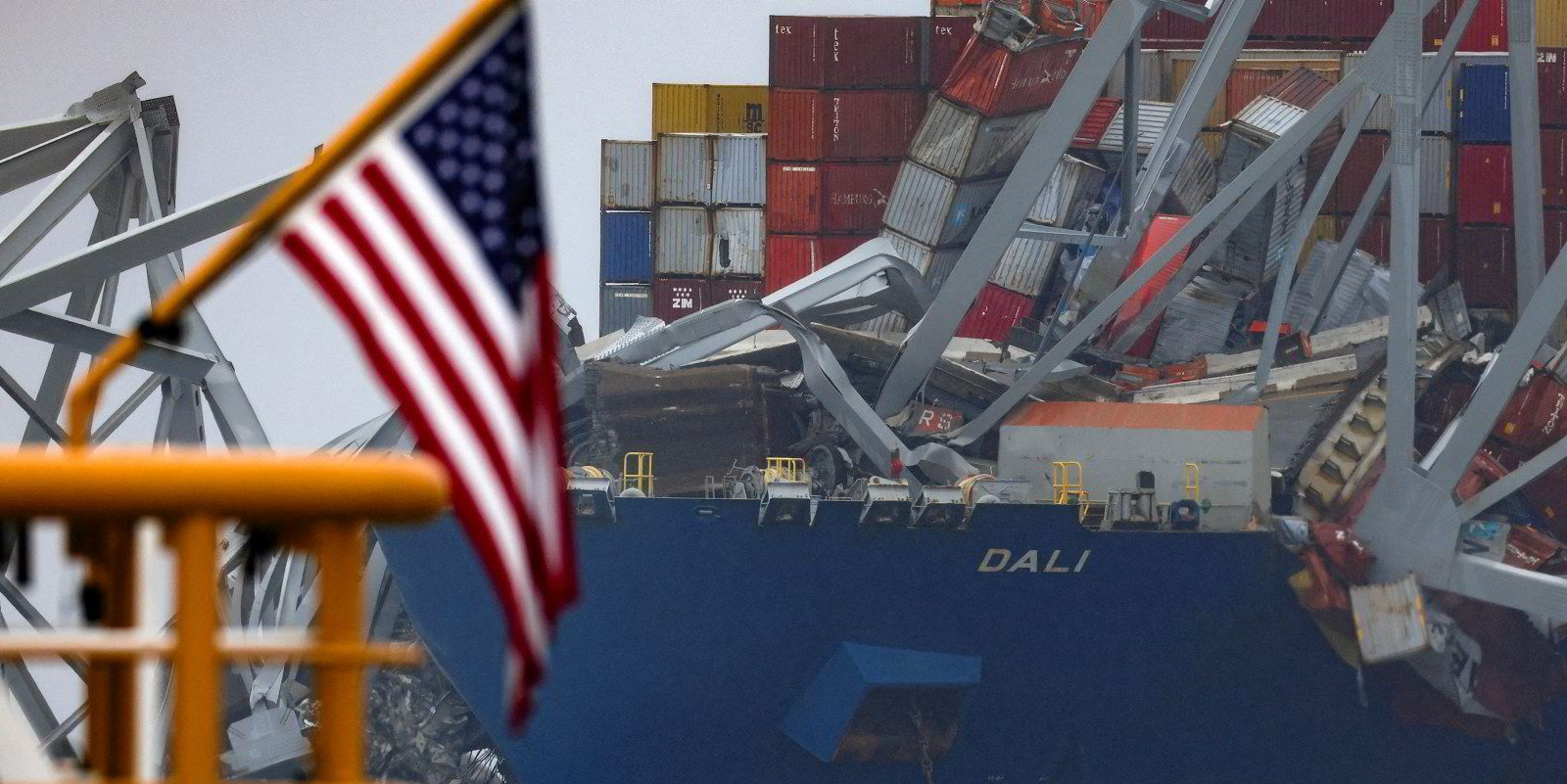TOP STORY
Dramatic images of an iconic Baltimore bridge tumbling into the Patapsco River in the early hours of Tuesday morning seconds after being hit by a container ship captured headlines around the world.
The ship at the centre of the tragedy, the Maersk-chartered 9,962-teu Dali (built 2015), and the mangled remains of the Francis Scott Key Bridge, have been fixed on front pages ever since.
While the disaster centred on a container ship, liner services to the port are being impacted. Baltimore is the largest coal export hub in the US and the bulk market will feel greater effects than other shipping segments, experts say.
Baltimore port, which generates billions of dollars per year for the local economy and employs 15,000 people directly, is also a significant centre for US vehicle shipments.
Insurers and lawyers have also swung into action following the disaster, which Lloyd’s boss John Neal has suggested could be shipping’s costliest ever.
Barclays analysts estimated that insurers face claims of as much as $3bn. Damage to the bridge alone could mean $1.2bn in claims, the bank said.
Victims of the event, however, could find lodging claims to be a tricky process, due to a US law passed through the Supreme Court back in 1927.
IN THE NEWS
Events in Baltimore have pulled eyes away from the Red Sea, where Houthi rebels have been targeting ships for the past few months, causing significant disruption to world trade.
The group claimed to have fired missiles and drones at four commercial vessels in its latest round of aggression, including a Chinese tanker carrying Russian oil.
While many owners have chosen to divert ships from the danger zone, others continue to trade in the area. The toll this is taking on seafarers on board the vessels should not be forgotten.
The chief executive of Mental Health Support Solutions told TradeWinds of symptoms reminiscent of shellshocked soldiers in World War I trenches.

In the markets, George Procopiou put pen to paper on the biggest deal of the week.
His Dynacom Tankers Management struck a contract with New Times Shipbuilding for eight 158,000-dwt crude carriers. It boosts his total spend on new vessels to more than $3.8bn since the beginning of 2022.
Sinokor also caught the eye with a transaction that extended a record start to the year for dry cargo sale-and-purchase business. It is understood to have sold three newcastlemaxes at a price that sets a new precedent for the asset class.
In the LNG market, Nakilat is making up for lost time after missing out on the first phase of QatarEnergy’s record-breaking newbuilding project.
For the second time this year, the shipowner revealed a major deal with its compatriot. It came just days after TradeWinds uncovered long-awaited details of who would win key contracts in Phase 2 of the project.
COMMENT:

As the dust settles on the two-year battle between John Fredriksen and the Saverys family for control of Euronav, investors have nominated a clear winner.
While Fredriksen did not complete the takeover he wanted, he did land the largest tanker sale-and-purchase deal in history. He now has former Euronav ships that are firmly in the money and a share price at Frontline firmly above net asset value.
While the deal allowed Fredriksen to reclaim the crown of tanker king, Alexander Saverys has been working hard to sell the idea of an investible green shipping company to investors. The thing is, it’s not clear that many are listening to Saverys at the moment, Joe Brady writes.



